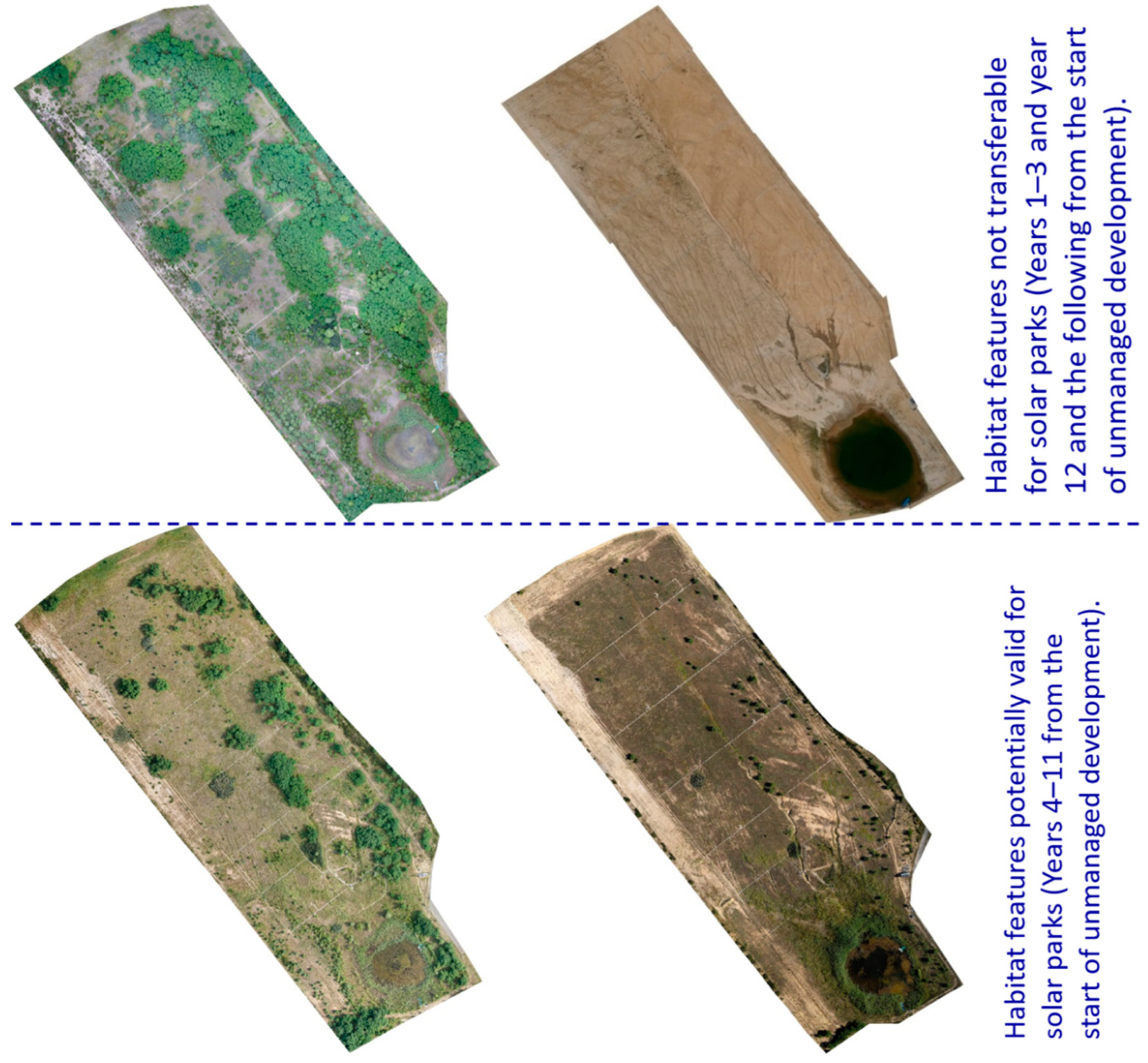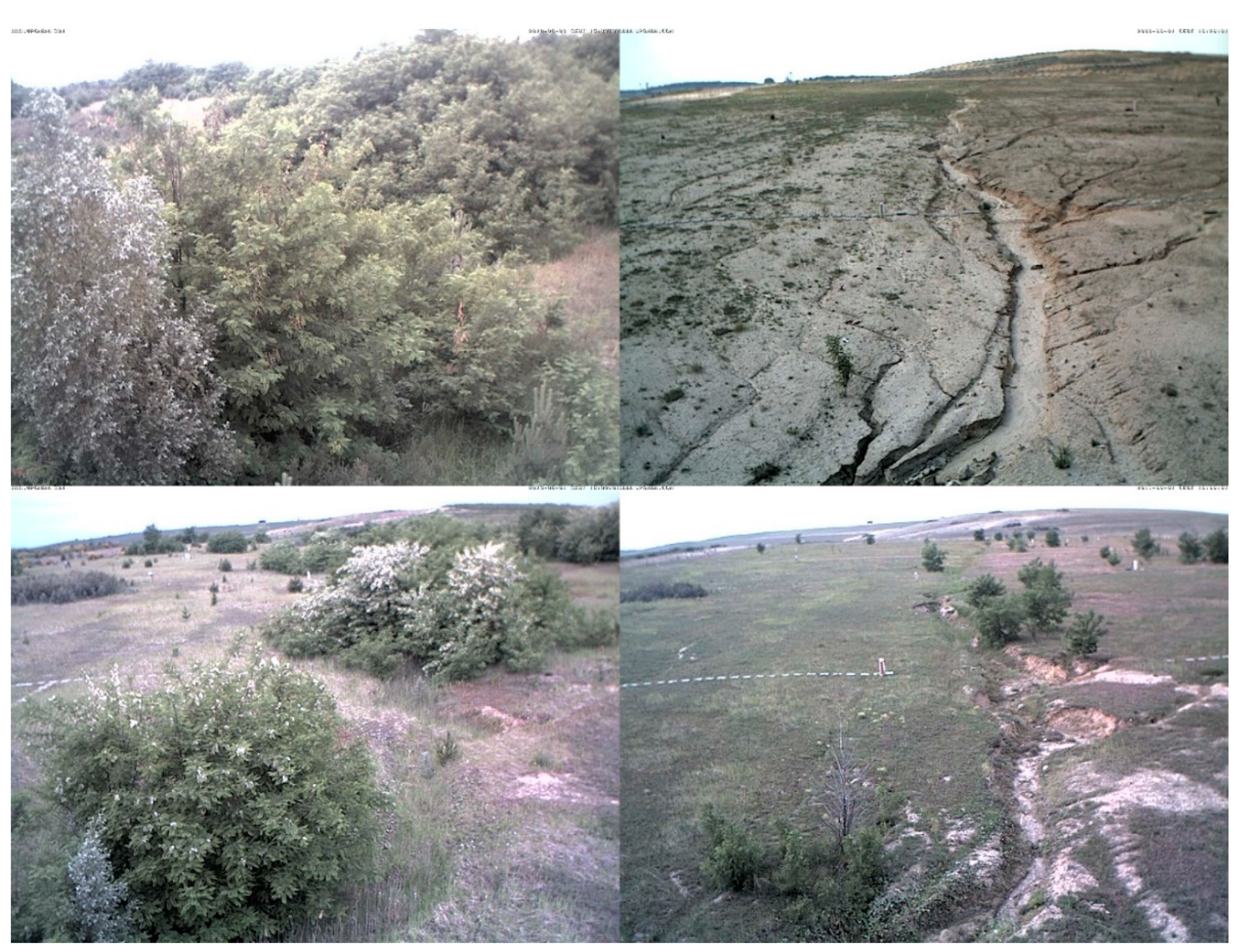
| Version | Summary | Created by | Modification | Content Size | Created at | Operation |
|---|---|---|---|---|---|---|
| 1 | Markus Klemens Zaplata | -- | 1344 | 2022-06-24 23:15:39 | | | |
| 2 | Rita Xu | -4 word(s) | 1340 | 2022-06-27 03:34:29 | | | | |
| 3 | Rita Xu | Meta information modification | 1340 | 2022-06-27 03:35:53 | | | | |
| 4 | Rita Xu | Meta information modification | 1340 | 2022-06-27 03:40:43 | | |
Video Upload Options
In addition to states of space that are supposedly to be aspired to or maintained, which are often the subject of heated, acrimonious debates, there are temporary states of equilibrium in time that mirror the overarching cycle of life, have been the subject of research for a very long time, and are well documented and conceptually understood: namely, ecological succession. The knowledge and understanding of succession is irreplaceable to have a chance today to ground and resolve such mentioned debates about multiple claims and uses of spaces nowadays. For example, a main challenge of the current time is that large areas of land are needed for renewable energy production, and production sites should be designed to include biodiversity preservation. Decision-makers need guidance for reasonable coexistence. Succession theory can indeed provide substantial background and guidance.
1. Background
2. Empirical Time Series from the Hühnerwasser Catchment, a Subject of Interdisciplinary Research to Date


3. Solar Parks
References
- Jentsch, Anke & von Heßberg, Thomas; Please disturb! Dynamics belong to an intact landscape. naturmagazin Berlin - Brandenburg 2022, 36, 4-8.
- Meiners, S.J.; Cadotte, M.W.; Fridley, J.D.; Pickett, S.T.A.; Walker, L.R. Is successional research nearing its climax? New approaches for understanding dynamic communities. Funct. Ecol. 2015, 29, 154–164.
- Zaplata, M.K.; Winter, S.; Fischer, A.; Kollmann, J.; Ulrich, W. Species-driven phases and increasing structure in early-successional plant communities. Am. Nat. 2013, 181, E17–E27.
- Pickett, S.T.A.; Collins, S.L.; Armesto, J.J. A hierarchical consideration of causes and mechanisms of succession. Vegetatio 1987, 69, 109–114.
- Connell, J.H.; Slatyer, R.O. Mechanisms of succession in natural communities and their role in community stability and organization. Am. Nat. 1977, 111, 1119–1144.
- Nordberg, E.J.; Caley, M.J.; Schwarzkopf, L. Designing solar farms for synergistic commercial and conservation outcomes. Sol. Energy 2021, 228, 586–593.
- Armstrong, A.; Brown, L.; Davies, G.; Whyatt, J.D.; Potts, S.G. Honeybee pollination benefits could inform solar park business cases, planning decisions and environmental sustainability targets. Biol. Conserv. 2021, 263, 109332.
- Tröltzsch, P.; Neuling, E. The breeding birds of large-scale photovoltaic power plants in Brandenburg. Vogelwelt 2013, 134, 155–179.
- Chettri, N.; Deb, D.C.; Sharma, E.; Jackson, R. The relationship between bird communities and habitat. Mt. Res. Dev. 2005, 25, 235–243.
- Temple, S.A.; Wiens, J.A. Bird populations and environmental changes: Can birds be bio-indicators? Am. Birds 1989, 43, 260–270.
- Pinotti, P.T.; Pagotto, C.P.; Pardini, R. Habitat structure and food resources for wildlife across successional stages in a tropical forest. For. Ecol. Manag. 2012, 283, 119–127.
- Begehold, H.; Rzanny, M.; Flade, M. Forest development phases as an integrating tool to describe habitat preferences of breeding birds in lowland beech forests. J. Ornithol. 2015, 156, 19–29.
- Elmer, M.; Gerwin, W.; Schaaf, W.; Zaplata, M.K.; Hohberg, K.; Nenov, R.; Bens, O.; Hüttl, R.F. Dynamics of initial ecosystem development at the artificial catchment Chicken Creek, Lusatia, Germany. Environ. Earth. Sci. 2013, 69, 491–505.
- Badorreck, Annika; From moonscape to ecosystem. naturmagazin Berlin - Brandenburg 2022, 36, 16-17.
- Hüttl, R.F.; Gerwin, W.; Kögel-Knabner, I.; Schulin, R.; Hinz, C.; Subke, J.-A. Ecosystems in transition: Interactions and feedbacks with an emphasis on the initial development. Biogeosciences 2014, 11, 195–200.
- Moghadas, D.; Schaaf, W.; Gerwin, W.; Badorreck, A.; Hüttl, R.F. A web-based platform for terrestrial data repository from Chicken Creek catchment. Earth Sci. Inform. 2019, 12, 671–684.
- Hohberg, K.; Elmer, M.; Russell, D.J.; Christian, A.; Schulz, H.-J.; Lehmitz, R.; Wanner, M. First five years of soil food-web development in ‘Chicken Creek’ catchment. In The Artificial Catchment ‘Chicken Creek’—Initial Ecosystem Development 2005–2010; Elmer, M., Schaaf, W., Biemelt, D., Gerwin, W., Hüttl, R.F., Eds.; BTU Cottbus: Cottbus, Germany, 2011; Volume 3, pp. 93–114.
- Bingemer, J.; Pfeiffer, M.; Hohberg, K. First 12 years of tardigrade succession in the young soils of a quickly evolving ecosystem. Zool. J. Linn. Soc. 2020, 188, 887–899.
- Eichhorn, M. Natural Systems: The Organisation of Life, 1st ed.; John Wiley & Sons: Chichester, UK, 2016; pp. 179–192.
- Beschow, R. The post-mining landscape as an opportunity for biodiversity using the development of bird life as an example. In Energie aus Heimischen Brennstoffen: Der Braunkohlentagebau Cottbus-Nord und die Lausitzer Landschaft Nach der Braunkohle; Busch, S., Grosser, R., Schroeckh, B., Rascher, J., Eds.; Exkursionsführer und Veröffentlichungen der Deutschen Gesellschaft für Geowissenschaften: Berlin/Duderstadt, Germany, 2015; Volume 254, pp. 94–113.
- Blaydes, H.; Potts, S.G.; Whyatt, J.D.; Armstrong, A. Opportunities to enhance pollinator biodiversity in solar parks. Renew. Sust. Energy Rev. 2021, 145, 111065.
- Capellán-Pérez, I.; de Castro, C.; Arto, I. Assessing vulnerabilities and limits in the transition to renewable energies: Land requirements under 100% solar energy scenarios. Renew. Sust. Energy Rev. 2017, 77, 760–782.
- van de Ven, D.-J.; Capellan-Peréz, I.; Arto, I.; Cazcarro, I.; de Castro, C.; Patel, P.; Gonzalez-Eguino, M. The potential land requirements and related land use change emissions of solar energy. Sci. Rep. 2021, 11, 2907.
- Kim, J.Y.; Koide, D.; Ishihama, F.; Kadoya, T.; Nishihiro, J. Current site planning of medium to large solar power systems accelerates the loss of the remaining semi-natural and agricultural habitats. Sci. Total Environ. 2021, 779, 146475.
- Zaplata, M.K.; Dullau, S. Applying Ecological Succession Theory to Birds in Solar Parks: An Approach to Address Protection and Planning. Land 2022, 11, 718.




